Recent consumer surveys suggest that sales of espresso machines have risen by more than fifty percent in the last couple of years.
It takes a fair bit more fine tuning to achieve a high quality espresso than it does to make an excellent filter or drip coffee.
In order to help you along your espresso-making journey, here are five tips to making better espresso at home.
1. Use Medium-Dark to Dark Roast Beans
Espresso has traditionally been made with dark roast beans.
While it is still possible to make a very good espresso with lighter roast beans, you should be aware that all the best practices with espresso making assume that you are using darker roast beans.

Therefore, if you use light roast beans (which brew a lot slower and more gradually than dark roasts) much of the advice around espresso making simply will not apply to you.
You will need much more trial and error with your espresso making if you use light roast beans.
If you are not used to making espresso regularly, I’d recommend sticking to darker roasts.
Once you have mastered making consistently excellent espresso with dark roast beans, you can then start experimenting with lighter roasts.
Our espresso blend predominantly uses dark and medium dark roasted beans making them perfect for those who are new to making espresso at home.
2. Weigh Out Both Your Ground Coffee and Your Final Drink
When you make espresso you ideally want a 2:1 ratio of ground coffee to liquid coffee.
You can only accurately achieve this ratio if you weigh out your initial dose of ground coffee and your final drink.
The reason why you weigh your final drink, rather than measure it by volume, is because the crema atop your espresso is heavily aerated and therefore adds a lot of volume to your coffee without actually adding much liquid mass to it.
Weighing the amount of water that you brew with, and making sure that is double the weight of the ground coffee you brew with, is also inaccurate as a fair amount of water gets stuck in your portafilter rather than ending up in your final cup.
Therefore the only way to measure how much coffee you brew with is by weighing both your ground coffee and final drink.
The weight of the final drink should be double your initial dose of coffee. When your final drink reaches this weight, it's time to stop brewing.
You may want to purchase a scale small enough to fit under your cup in your espresso machine if you really want to get your brew ratio correct.
3. Know Your Portafilter Basket Capacity
While you may know that you should brew espresso with a 2:1 liquid to coffee ratio (usually called “brew ratio”), this still begs the question of how much ground coffee you should use?
The best amount of ground coffee to use in your espresso depends on your portafilter basket (the metal insert of your portafilter where the coffee sits).

Each portafilter basket is designed to brew with a certain mass of coffee.
Too much or too little, and water will get stuck in the basket rather than ending up in your cup.
The portafilter basket’s recommended dose is often printed on the side of the basket. If you cannot find it there then you should consult the manual of your espresso machine.
Once you have your recommended ground coffee dose you can work out how much water you need to brew with from that (namely enough to achieve twice as much liquid coffee as your ground coffee dose).
4. Adjust Your Grind Size to Change the Taste of Your Espresso
The grind size of your coffee can have a huge impact on how your espresso tastes.
The finer your coffee is, the more of its surface area comes into direct contact with water. This means that more of the flavor-containing compounds within the coffee will be extracted into the water.
We want some, but not all, of these compounds to be extracted. There is therefore a window of grind size that works best for espresso. This is slightly coarser than the consistency of flour.
If our espresso is too bitter, then we want to grind our coffee slightly coarser.
If our espresso is too sharp, then we want to extract our coffee slightly finer.
Play around with this, while keeping your brew ratio constant, until your espresso tastes just how you want it.
The brew ratio affects the texture of the espresso, rather than its taste. A 2:1 brew ratio should give you the syrupy texture that characterizes the drinks.
5. Heat Up Your Espresso Machine Before Brewing
The brewing temperature of espresso is very important because it also has a large impact on how quickly the coffee compounds extract into your water.
Since an espresso machine is quite large and has a lot of metal components, it loses heat easily.
Therefore, to maintain an ideal brewing temperature, you should heat up the machine before you brew your espresso.
The easiest way to do this is just run a “blank shot” (a shot without any ground coffee in the portafilter). Getting hot water though the machine's pipes will ensure that it is warm enough to not significantly impact your brewing temperature.
We hope you enjoyed this post, and that it will help you get the most out of your espresso machine. If you want to level up your filter coffee, please see our guide on how to make the best filter coffee at home.


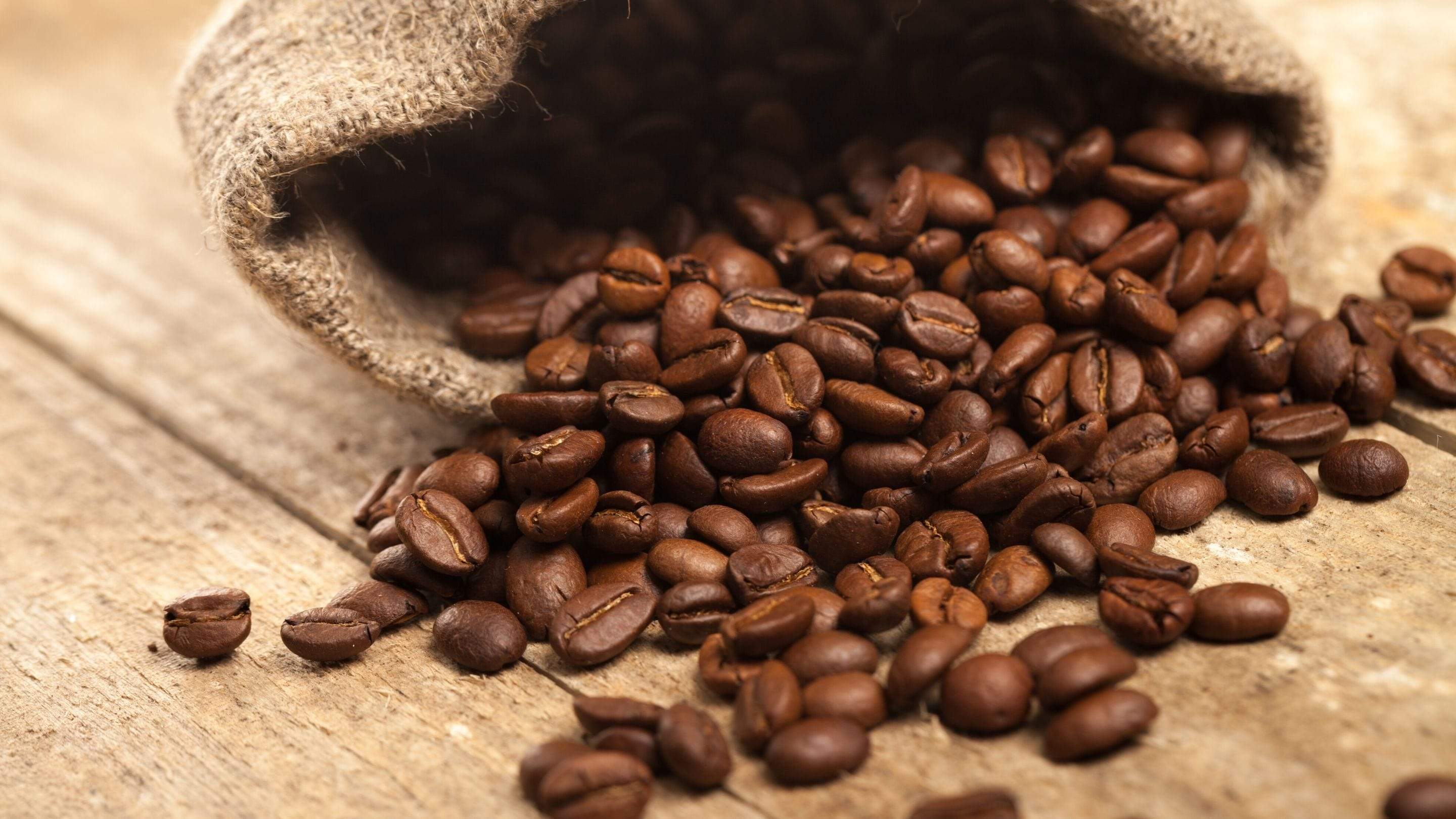
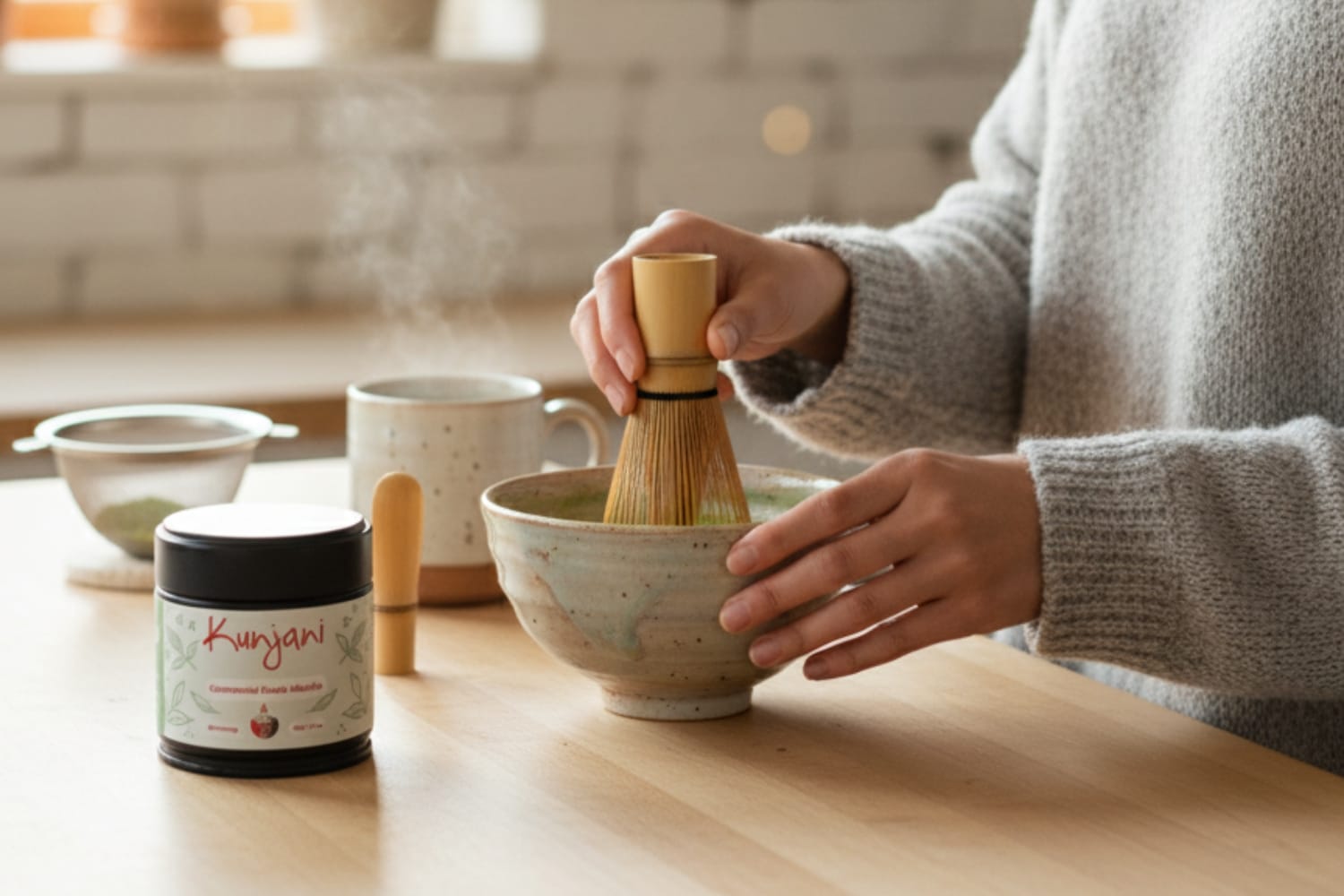


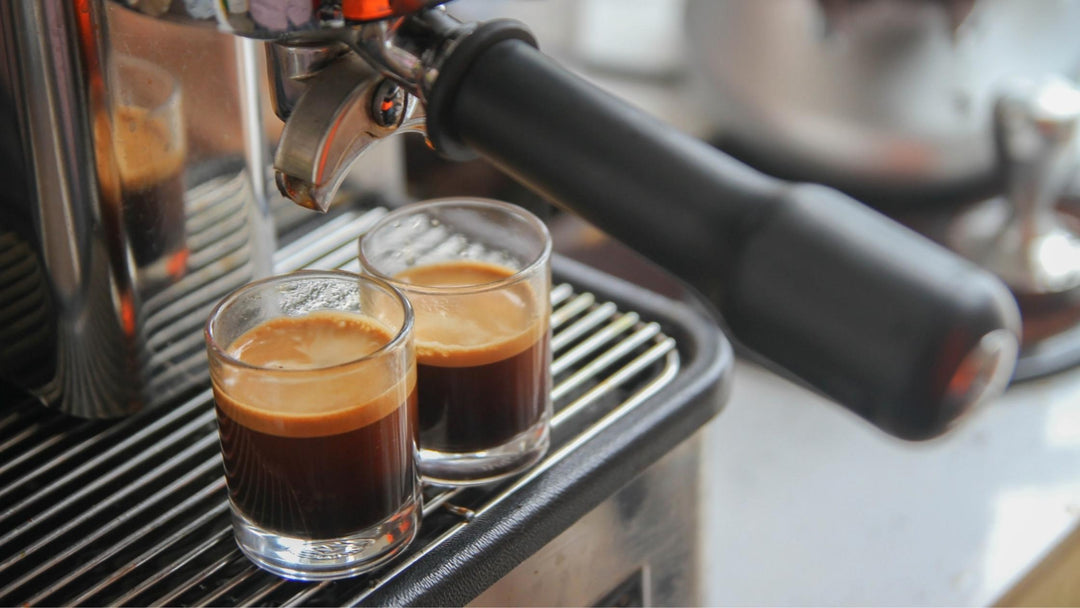

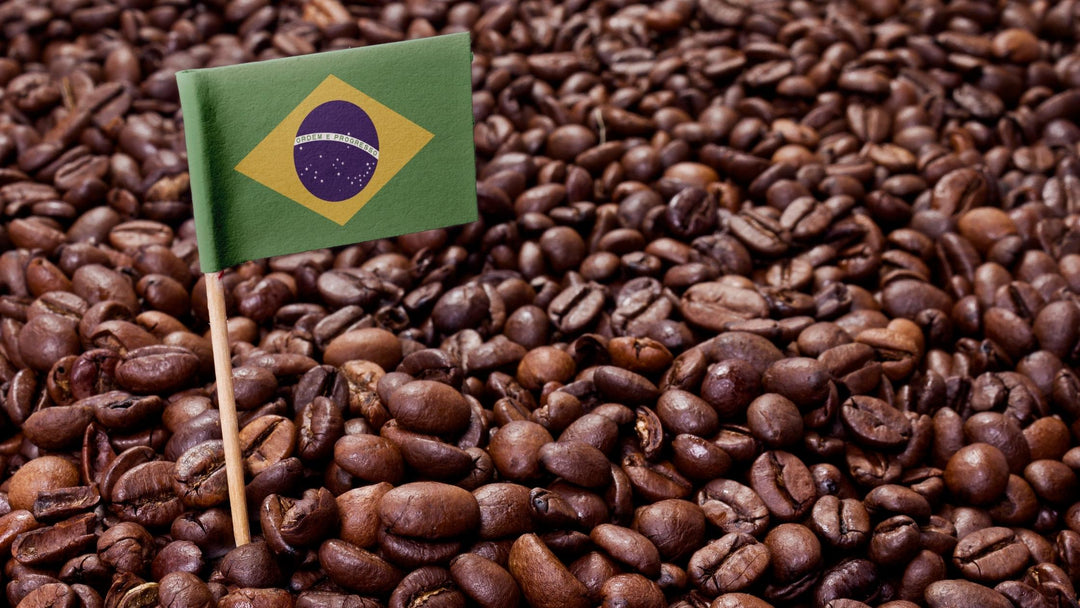

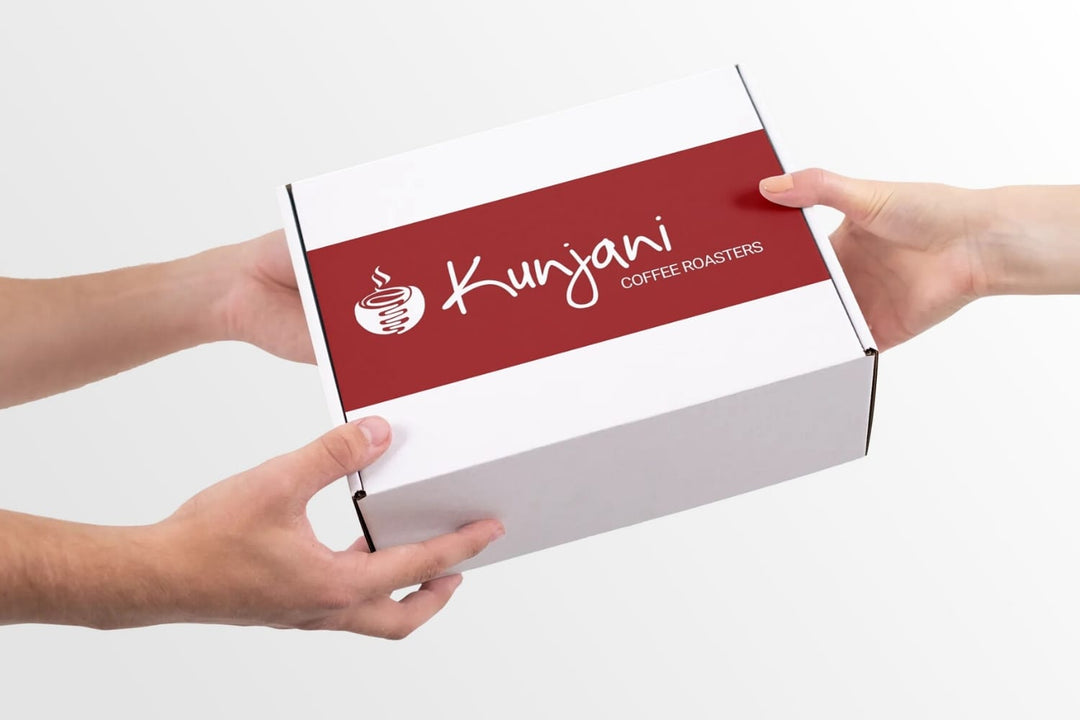
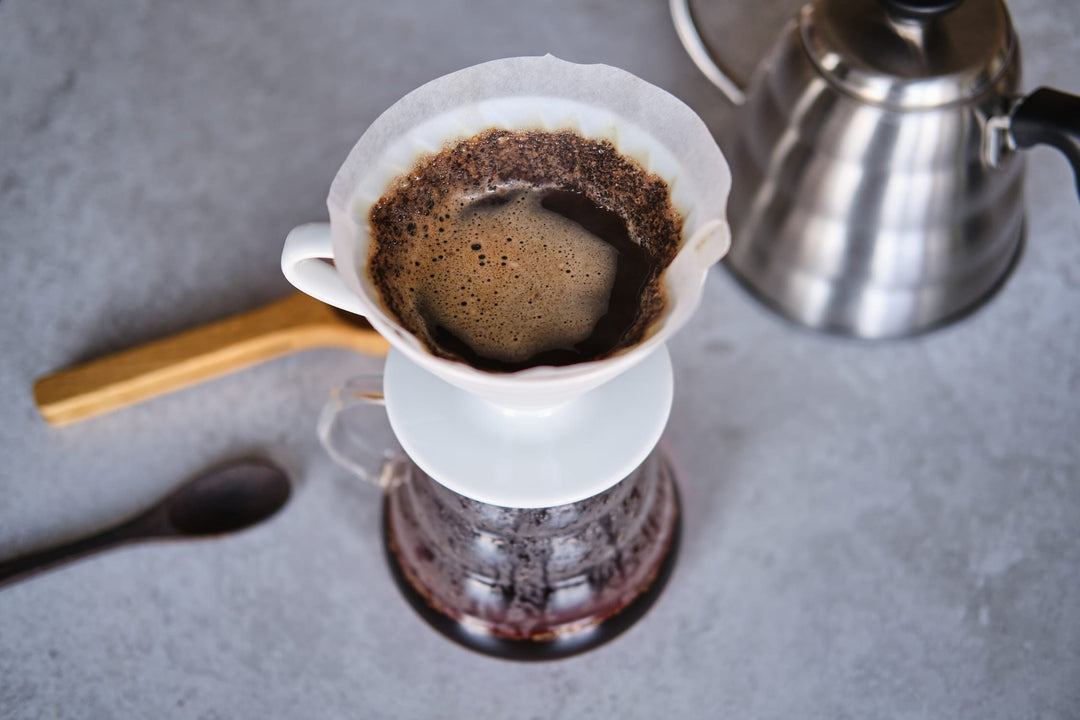
Leave a comment